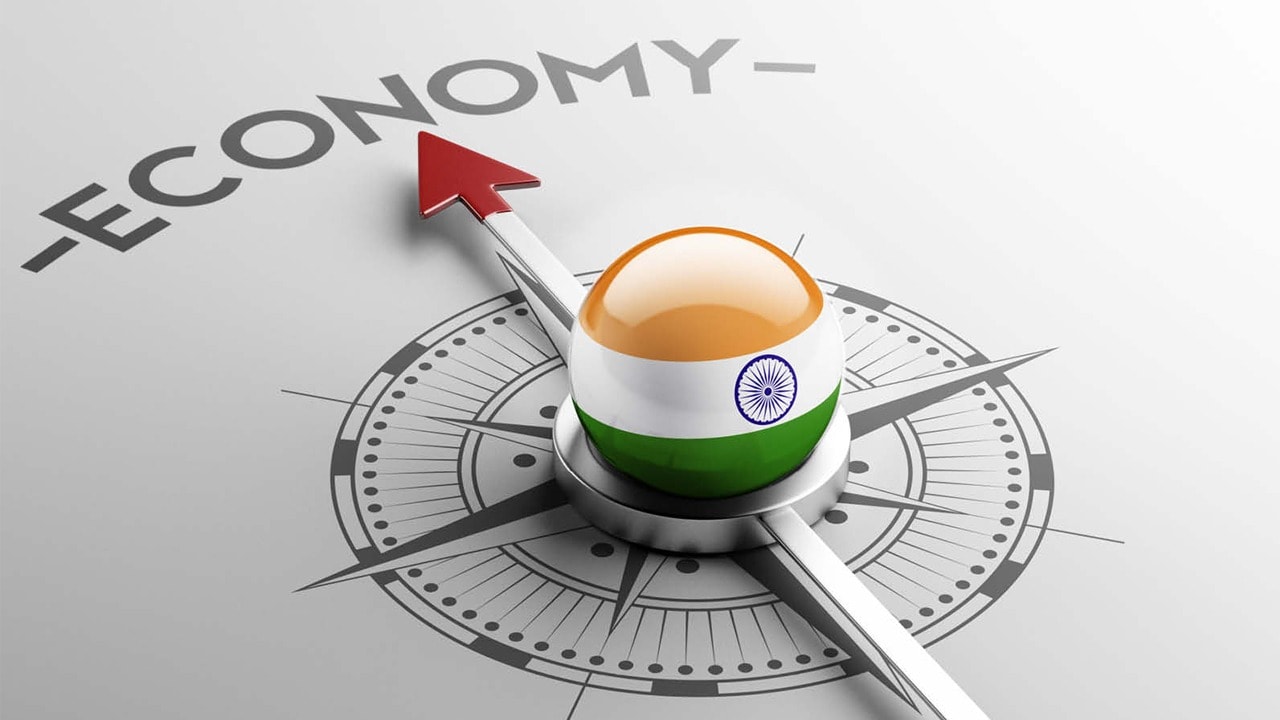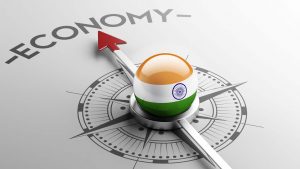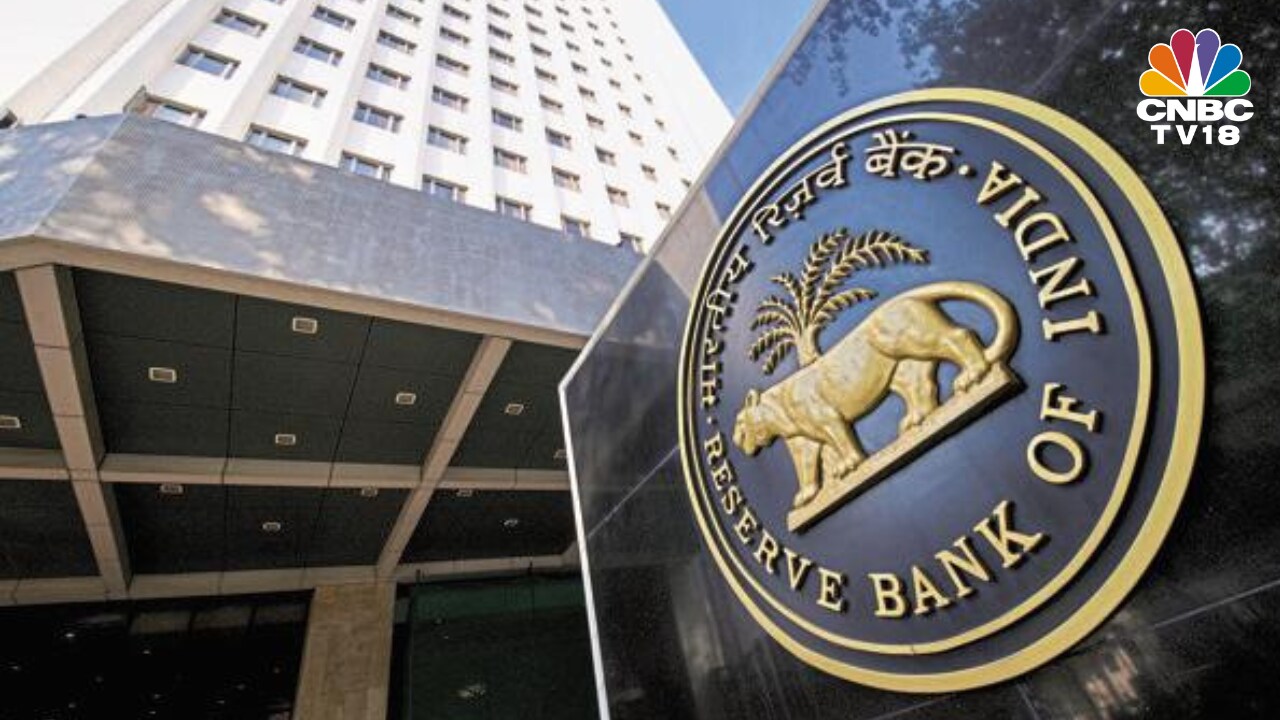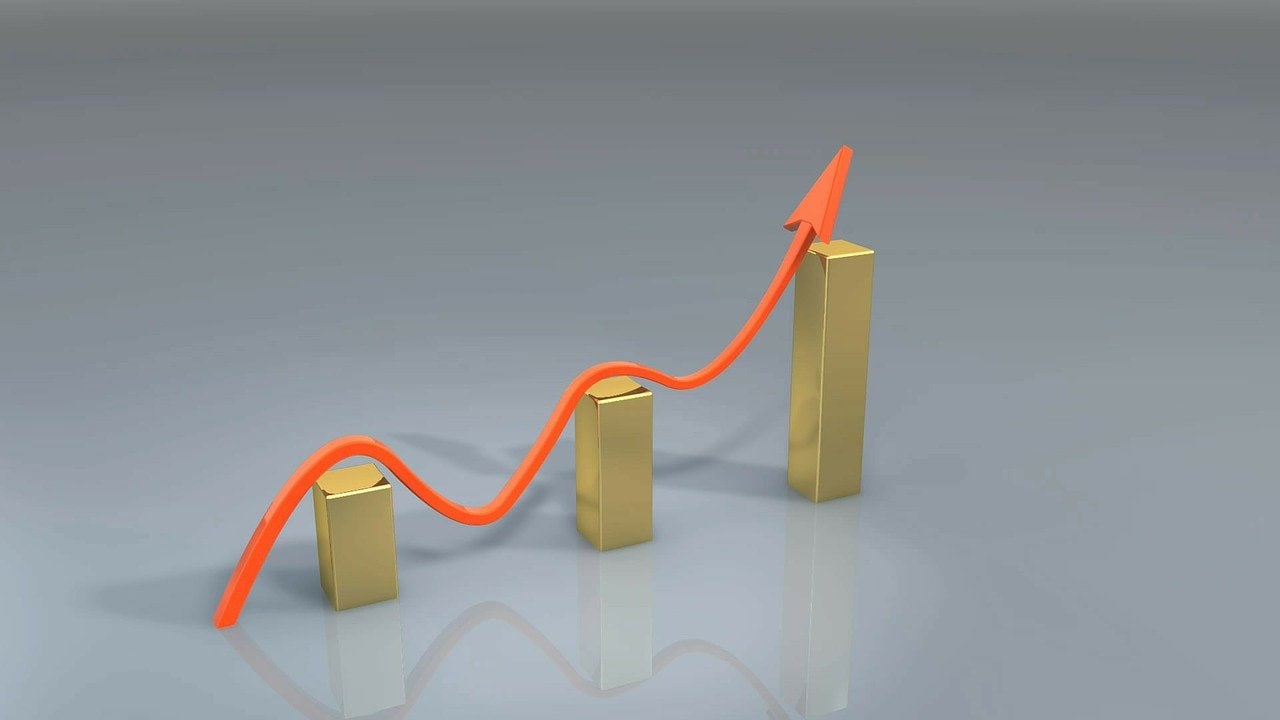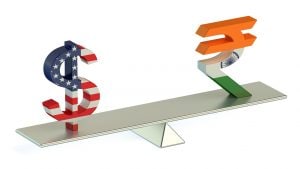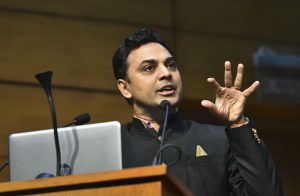Chetan Ahya highlights one data point that’s more important for US Fed than GDP
Summary
Chetan Ahya, Chief Asia Economist at Morgan Stanley, thinks the US Federal Reserve is paying close attention to jobs data. Despite occasional increases in job growth, he observes a general trend of slowing down
The US Federal Reserve will watch the jobs data more closely than the GDP in the coming months before making any rate decisions, says Chetan Ahya, Chief Asia Economist at Morgan Stanley.
The world’s largest economy added 353,000 jobs in January, per data from the Bureau of Labor Statistics. The December data was also revised upwards to 333,000. The unemployment rate remained steady at 3.7% in January, but wage gains were higher than expected at 06% over December.
A strong jobs market means increased spending power, which makes it difficult for the Fed to combat inflation. Ahya, however, believes the January numbers were higher due to the residual seasonality effects, and it will start slowing down by the second quarter.
“There is a trend which is showing that the job trends are coming down. We get bumps up in a month or so but on average job trends have been slowing. That is what matters for the Fed more than gross domestic product (GDP) growth,” he told CNBC-TV18.
Along a slowdown in the jobs growth, Ahya also expects US inflation to narrow sequentially from the second quarter and therefore, he sticks to his view of a rate cut by the Fed in June.
Also Read | Japan loses its spot as world’s third-largest economy as it slips into recession
The US consumer price index (CPI) rose at 3.1% year-on-year (YoY) versus market expectation of 2.9%. The US producer price inflation, which is similar to the wholesale price inflation in India, rose by 0.3% month-on-month (MoM) versus market expectation of just 0.1%.
Ahya also shared his view on growing concerns over China’s aggressive price cuts and expanding global market share globally, and the impact of these actions on emerging markets (EMs) like India.
He believes investors will have to be watchful of competitive and deflationary pressures that China will send to the rest of the world.
“From a sectoral perspective, China has already been deflationary for some of the large items, low value-added exports like durable goods, white goods but at the margin where we are seeing greater pressure is the new energy transition-related goods, which is electric vehicles (EVs), lithium batteries, solar panels and even old generation chips,” he said.
Also Read | A mid-year recession in the US may be good for stocks — here’s why
What this means for countries such as India, particularly in the case of a reelection of former US President Donald Trump, is the potential for an implementation of tariffs in the US. The projections are that the US could impose a 60% tariff on all imports from China, or a 10% tariff on all imports. Both of these scenarios will be negative for the region.
For the Reserve Bank of India (RBI) though, the headline inflation, particularly food, will remain the primary target for a rate decision, he stated.
Meanwhile, Sameer Goel, Global Head of Emerging Markets & APAC Research at Deutsche Bank, shared with CNBC-TV18, “We still think the Reserve Bank of India (RBI) will be in a place to potentially change its stance by April and maybe start cutting rates by June. We still think we will probably get about 100 basis points of rate cuts in FY25.”
For more, watch the accompanying video

Elon Musk forms several ‘X Holdings’ companies to fund potential Twitter buyout
3 Mins Read
Thursday’s filing dispelled some doubts, though Musk still has work to do. He and his advisers will spend the coming days vetting potential investors for the equity portion of his offer, according to people familiar with the matter









 Listen to the Article
Listen to the Article  Daily Newsletter
Daily Newsletter





